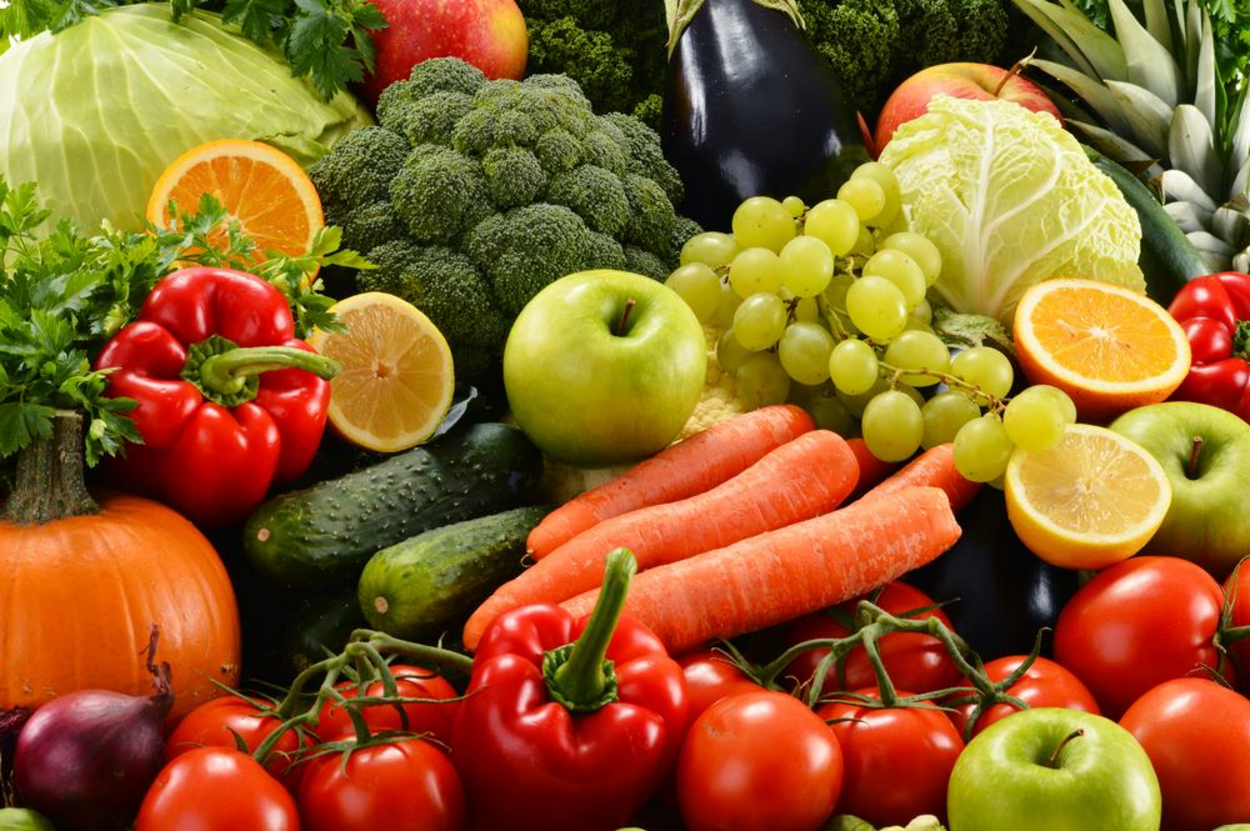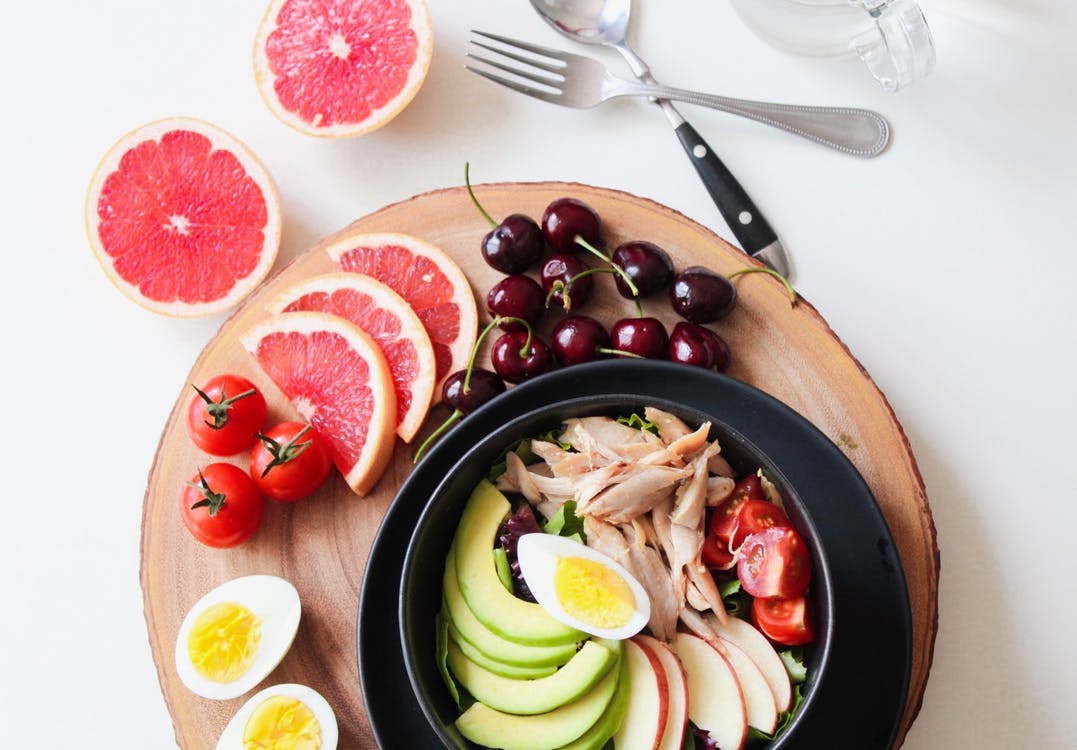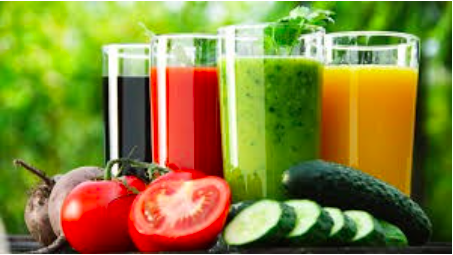What is fruit and vegetable diet plan? It is one of the biggest secret of weight loss program that people know about it, yet few talk about it. Yes, fruit and vegetable diet plan. For thousands of years, humans consume a wide variety of food from grains, nuts, fruits, and vegetables, to meat and dairy products, and other type of food source. For thousands of years, humans have a balance diet and exercise. Today we live in a modern era, and with it come the modern yet unhealthy lifestyle consisting of too much processed food and a lack of physical activity. That’s why, it’s important to know about fruit and vegetable diet plan.
Red meat has been known to be carcinogen, and too much processed food can increase the risk factor of different types of cancer. Colon cancer case is steadily increasing, and there is a strong correlation between colon cancer and the lack of fruits and vegetables intake in those cases.
So it makes very good sense to include fruits and vegetables into your diet plan, don’t you think? They answer is a sound yes. In this article, I will touch all aspects of fruit and vegetable diet plan to give you a good start to having a healthier lifestyle.
Why fruit and vegetable diet plan?
If you have done some simple research on healthy diet, you will notice that in virtually all of them, fiber consumption is a big part of it. That’s because our metabolism is not designed to eat purely animal products. We need a significant amount of fiber in our daily intake, and that can be easily satisfied by having fruits and vegetables in our diet plan. It is recommended to have 20-25 grams of fiber per day for women, and 30-35 grams for men.
List of fruits and vegetables with high fiber content
To make it easy for you to determine how much you should eat per day, I list below the top common fruits and vegetables with the highest fiber content that you can easily find from your local grocery store. The list is broken down in serving-size, and the approximate amount of fiber in grams.
Fruits:
- Raspberries (1 cup) – 8g
- Pear (1) – 5.5g
- Apple (1) – 4.5g
- Strawberries (1 cup) – 3.8g
- Banana (1) – 3g
- Orange (1) – 3g
Vegetables:
- Artichoke (1) – 10.3g
- Peas (1 cup) – 8.8g
- Broccoli (1 cup) – 5.1g
- Turnip greens (1 cup) – 5g
- Sweet corns (1 cup) – 4.2g
- Brussels sprouts (1 cup) – 4.1g
As you can see, the above fruits and vegetables are very easy to find from the produce department of your local grocery store, so there is no reason not to include them in your diet plan.
Fruit and vegetables handling
To start a fruit and vegetable diet plan, it is very important to understand how to properly handle and prepare them for safe consumption. You must always wash them first, and I cannot repeat this enough. It doesn’t matter if the label says “ready to use”, you must always wash your fruits and vegetables first.
To do this, put your fruits and vegetables in the kitchen sink under running cool water for a few minutes. Rinse and let it drain before serving. This includes fruits with peel such as orange. You may think the inside of the orange is clean, which is true. But guess what? The outer layer of the orange is full of germs and dirt during transportation and handling until they arrive at your grocery store. When you peel the orange, all the germs and dirt are transferred to your hands and fingers and as you handle the fruit, you contaminate it.
Fruit and Vegetable Diet Plan
First part of Fruit and Vegetable Diet Plan – Detox
The first part of the diet is to cleanse your body, referred to most people as the detox part. You need to do this only for three days as follows.
Eat only fruits throughout the day on day one, whenever you feel hungry. On this first day, absolutely no carb such as rice, pasta, spaghetti should be consumed.
On day two and three, you should continue to eat fruits every two hours or so, followed by a lunch of fresh vegetables. You can eat a small portion of protein such as fish or meat, but again please avoid any carb.
Second part – On going process
Every individual is different, therefore, there is no rule as to how much or how long you should do a fruit and vegetable diet plan. You must adjust the plan according to your situation. You can add small amount of carb such as rice into your diet plan. However please remember, the vast majority of your diet should be fruits and vegetables.
You can do this up to 30 days. After that you should take a break from the fruits and vegetables diet to ensure you have a balanced nutritious intake.
Fruit and Vegetable Diet Plan Benefits
If you follow this, you will soon notice the pounds drop gradually but steadily. If you have constipation issues, this will disappear almost instantly. You will feel fresh, and feel more alert especially in the afternoon hours.
As in any diet plan, please consult with your health practitioner before embarking on a new diet, and fruit and vegetable diet plan is no exception. The goal is to have a healthy and balanced diet, with reduced toxin intake and at the same time reduce the risk of carcinogen in our system. So just try to have fruit and vegetable diet plan.





